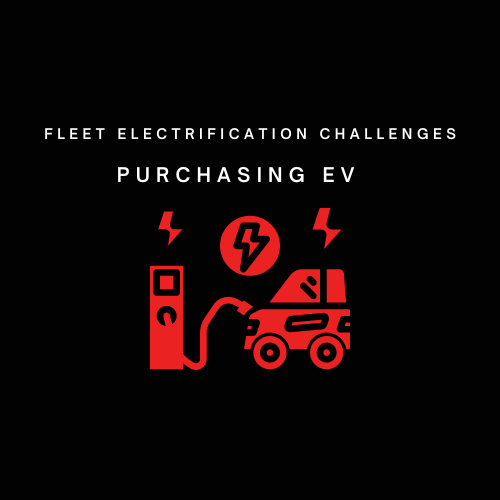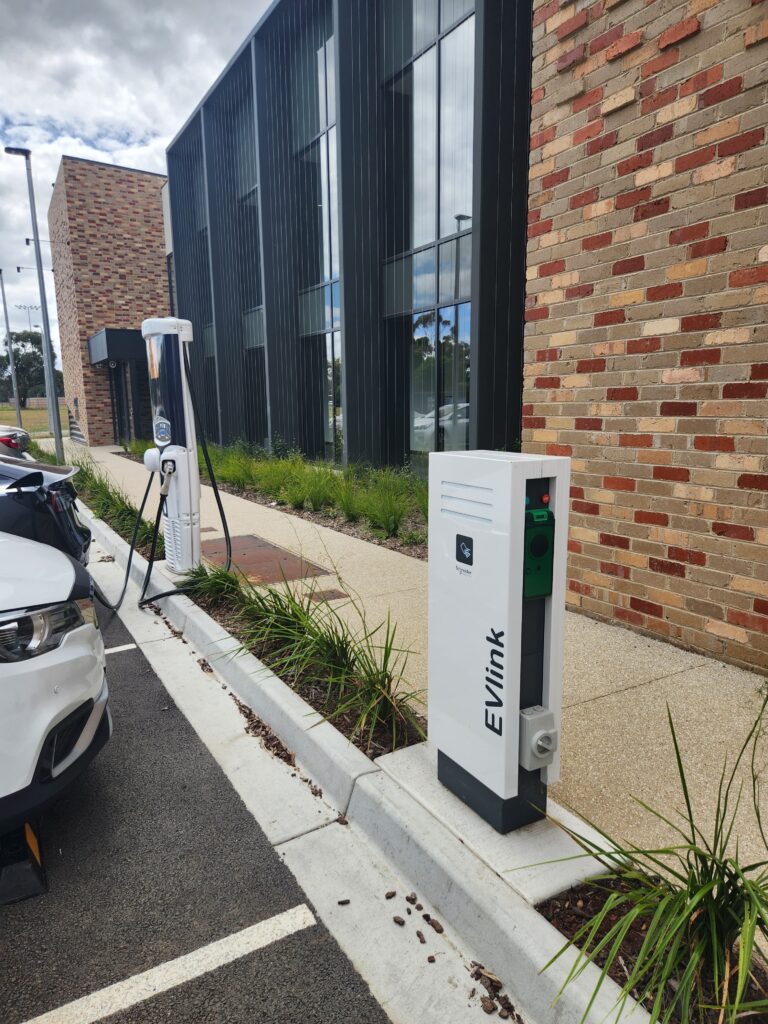Decoding the Numbers: Navigating the Purchase Cost Landscape of Electric Vehicles.

February 14, 2024
Embarking on the electrification journey for your fleet involves careful consideration of various factors, and high on the list is the purchase cost of electric vehicles (EVs). In this article, we’ll delve into the intricacies of EV pricing, exploring the initial investment, total cost of ownership, and the myriad benefits that come with embracing a sustainable fleet in Australia.
The upfront purchase cost of EVs is a crucial factor for businesses. Investing in electric vehicles (EVs) goes beyond just adopting a new technology; it represents a strategic commitment to long-term sustainability and corporate responsibility. The impact of this investment extends far beyond immediate environmental benefits, influencing various facets of your organisation.
It helps to reduce the Carbon emissions of the business (KPI that the business will need to report).
Businesses with Solar can generally operate more efficiently since the fuel to power their operations comes directly from cleaner and cheaper sources.
Regulatory compliance. Investing in EVs ensures compliance with current and future emission standards, mitigating regulatory risks.
Cost savings: While the initial investment in EVs may seem substantial, the long-term cost savings through reduced fuel and maintenance expenses can be significant.
Government Incentives and Subsidies
Australia offers various incentives and subsidies to promote the adoption of electric vehicles, from grants and tax incentives to rebates, significantly offsetting the purchase cost and making EVs an economically viable option.
Total Cost of Ownership (TCO)
The Total Cost of Ownership (TCO) of electric vehicles (EVs) is often more favourable than that of traditional internal combustion engine vehicles (ICEVs) when considering factors beyond the initial purchase cost.
Fuel expenses. This is one of the biggest costs for fleets, by using renewable sources this cost can be cheaper and more stable allowing businesses to better plan for the future.
Maintenance Cost.
Electric vehicles have fewer moving parts in their powertrains compared to internal combustion engines. As a result, EVs generally require less maintenance.
Brake System Maintenance.
Electric vehicles often use regenerative braking systems, which reduce wear on traditional braking components. Regenerative braking helps recharge the battery and extends the lifespan of brake pads and rotors.
Eco-Friendly Image and Customer Appeal.
Offering electric vehicles as part of the corporate fleet can boost employee morale, especially among those who value environmentally conscious practices. Additionally, embracing electric vehicles enhances the public perception of a company, aligning with the growing global awareness and demand for sustainable business practices. The positive perception can translate into increased brand loyalty and customer engagement.
Navigating the purchase cost landscape of electric vehicles requires a holistic perspective that goes beyond initial numbers. As businesses in Australia consider the switch to EVs, understanding the various financial aspects ensures a well-informed decision-making process. Stay tuned for more insights on the exciting journey of electrifying your fleet.
Thanks for reading our article. If your organisation is on the path to electrify your fleet and wants more clarity about reporting your emission, drop us a line info@beyondev.com.au and our team will be happy help you to develop a customised solution for your needs.


